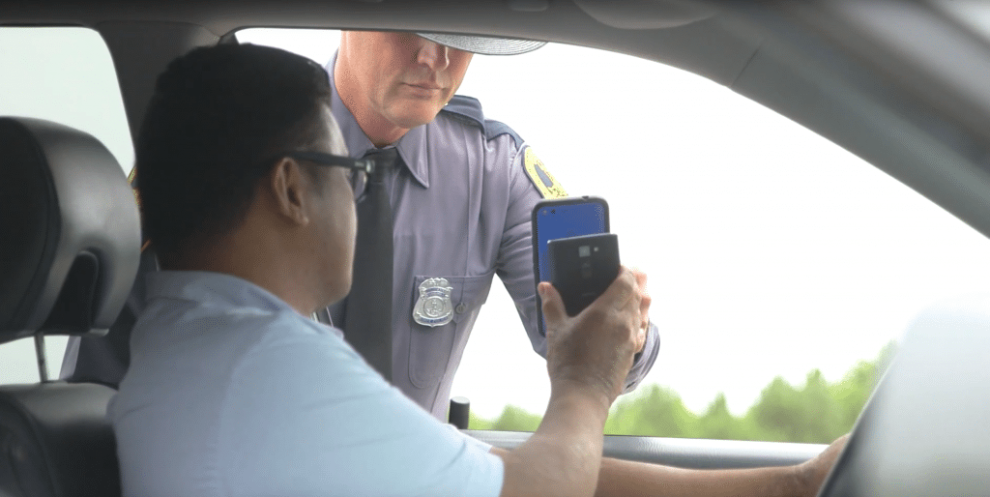Google has announced plans to implement a new age verification system that leverages digital driver’s licenses. This innovative approach is designed to provide a more secure and efficient method for verifying the age of users accessing age-restricted content on the internet.
The Digital Driver’s License Advantage
Digital driver’s licenses, or mobile driver’s licenses (mDLs), are electronic versions of traditional driver’s licenses. They are stored on smartphones and can be used to verify identity in a variety of settings, including airports, retail stores, and now, online platforms.
Compared to traditional methods of age verification, such as manual checks of physical identification or relying on self-reported information, digital driver’s licenses offer several advantages:
- Enhanced Security: mDLs are equipped with advanced security features, including biometric authentication and encryption, to protect against fraud and identity theft.
- Convenience: Users can easily access their digital driver’s licenses from their smartphones, eliminating the need to carry physical documents.
- Accuracy: mDLs are issued by government authorities, ensuring that they are accurate and reliable.
- Efficiency: The verification process can be streamlined, reducing the time and effort required to confirm a user’s age.
How Google’s New System Will Work

Google’s new age verification system will allow users to present their digital driver’s licenses as a means of proving their age. When a user attempts to access age-restricted content on a Google platform, they will be prompted to verify their identity. By selecting the option to use a digital driver’s license, the user can securely share their age information with Google without revealing any other personal details.
Google will then verify the authenticity of the digital driver’s license using advanced cryptographic techniques. If the verification is successful, the user will be granted access to the age-restricted content.
Privacy is a major concern when it comes to online age verification. Google has emphasized its commitment to protecting user privacy and has outlined several measures to ensure that the new system is secure and transparent:
- Limited Data Sharing: Google will only collect and store the minimum amount of information necessary to verify the user’s age.
- Data Encryption: User data will be encrypted to protect it from unauthorized access.
- User Control: Users will have control over how their data is used and shared.

Google’s new age verification system has the potential to significantly improve online safety by preventing minors from accessing age-restricted content. This is particularly important for platforms that host content that may be harmful to young people, such as violent or explicit material.
By making it more difficult for minors to access such content, Google can help to protect them from potential harm and contribute to a safer online environment.
While Google is the first major tech company to announce plans to use digital driver’s licenses for age verification, it is likely that other platforms will follow suit. As more states and countries adopt digital driver’s licenses, they are expected to become a widely accepted form of identification online.
Challenges and Considerations

Despite the benefits of using digital driver’s licenses for age verification, there are some challenges and considerations to be addressed:
- Adoption Rates: The widespread adoption of digital driver’s licenses may take time, as not all jurisdictions have implemented them yet.
- Technical Challenges: Integrating digital driver’s licenses into online platforms can be technically complex.
- User Experience: Ensuring a seamless and user-friendly experience for users presenting their digital driver’s licenses is crucial.
Google’s decision to use digital driver’s licenses for age verification represents a significant step forward in online safety. By leveraging this innovative technology, Google is able to provide a more secure, efficient, and privacy-friendly method of verifying the age of users. As digital driver’s licenses become more widely adopted, we can expect to see a growing number of online platforms incorporating them into their age verification processes.
















Add Comment